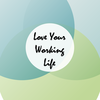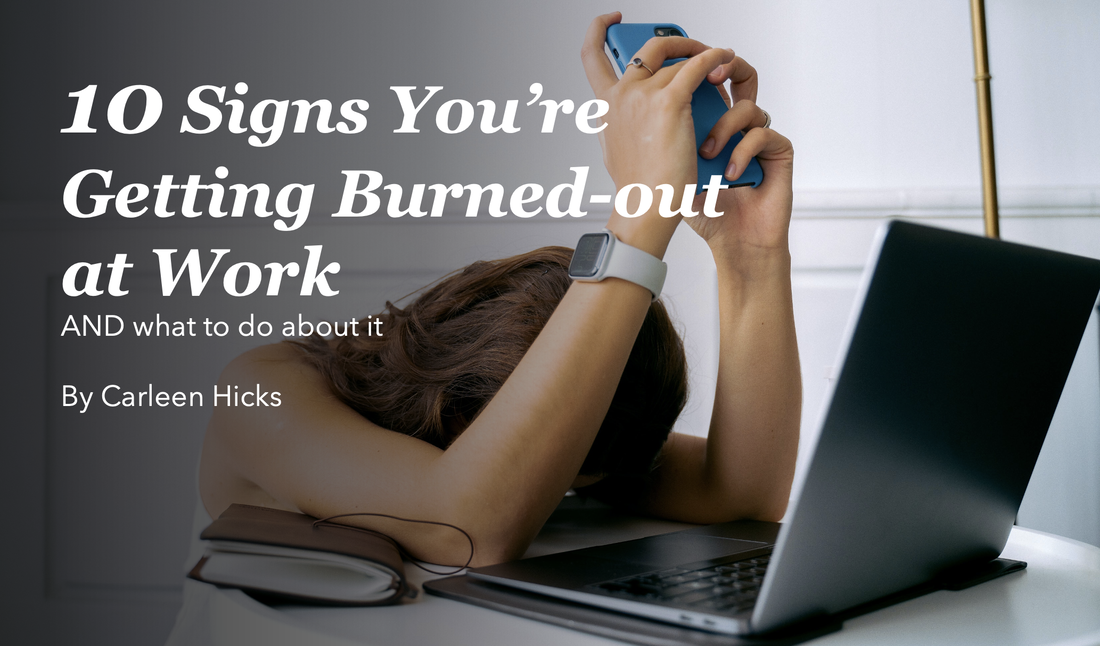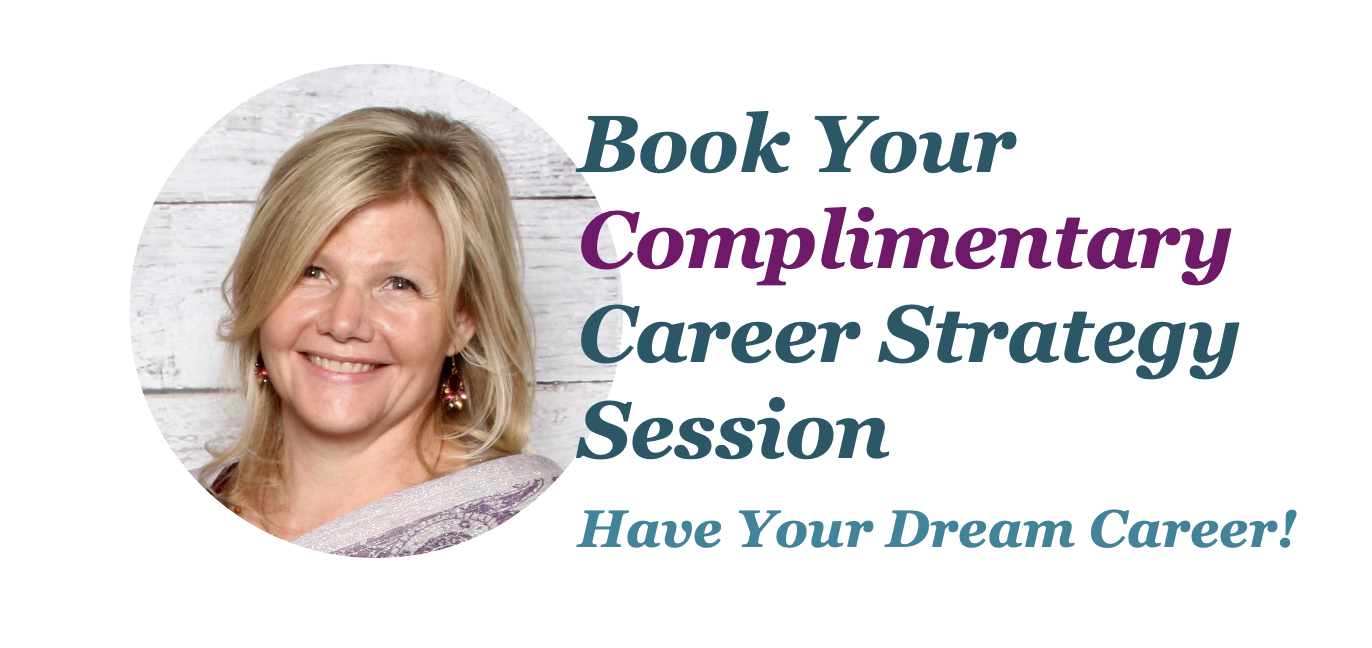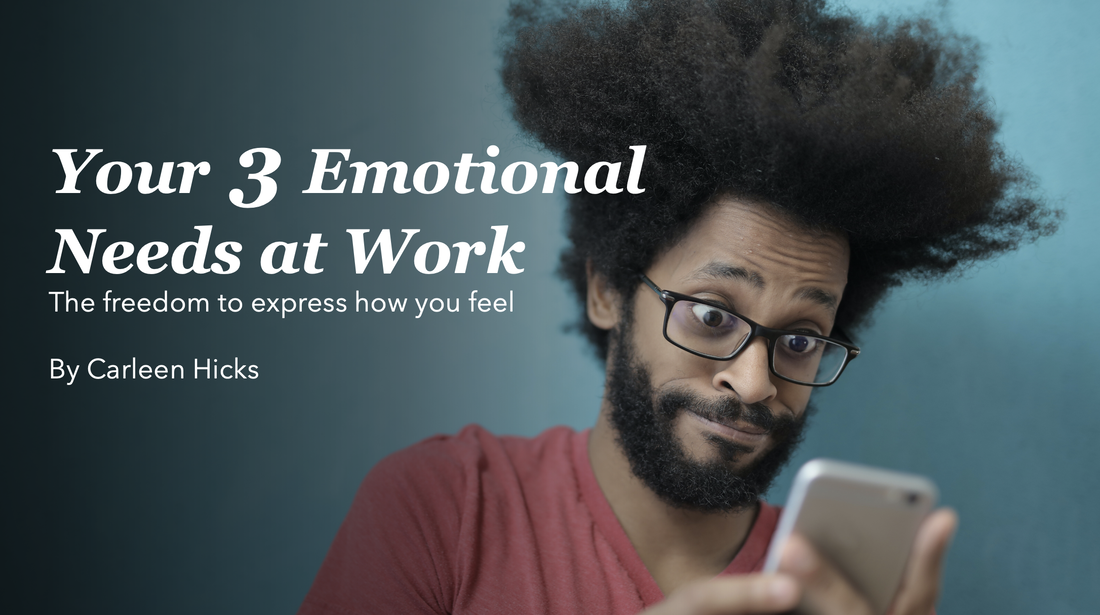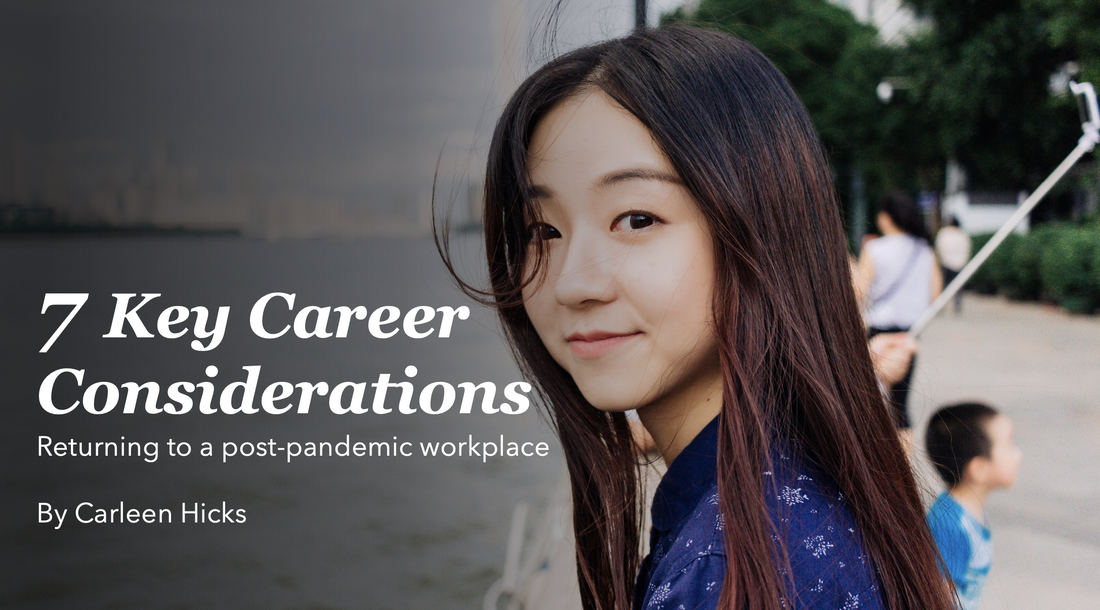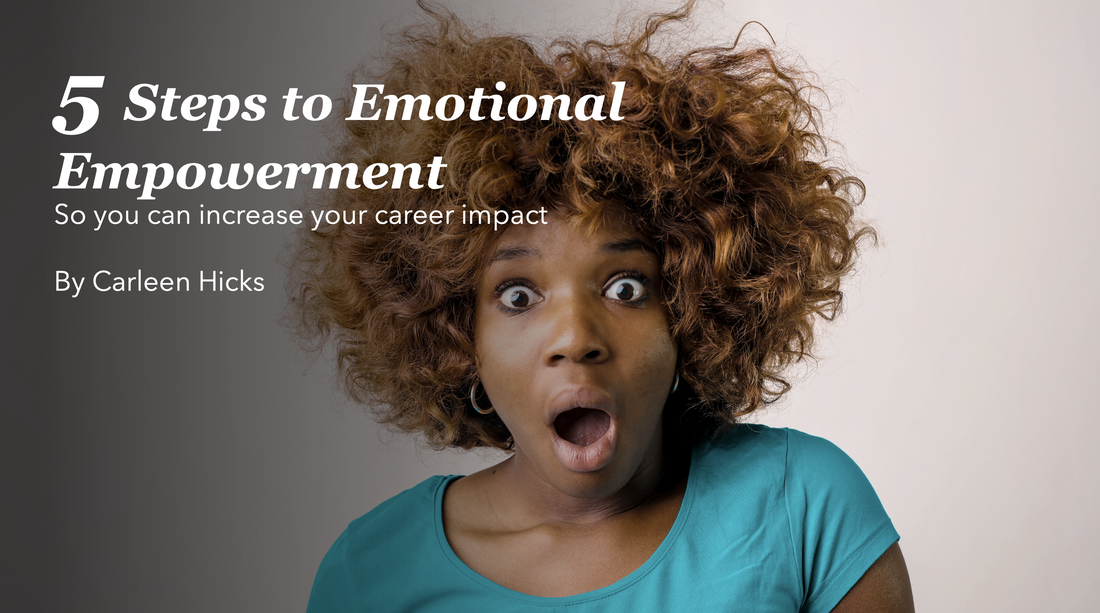|
Professional burnout is a real thing, and if you’re feeling a little “crispy” at work right now, you are not imagining it. According to a 2020 US study done by Mental Health America over 75% of professionals have experienced burnout at some point in their career, and 42% of professionals are currently experiencing signs of burnout, a number intensified by the pandemic. Burnout is not a medical diagnosis, or a mindset; it is a call to action to take control of your mental health. You hear the term “burnout” a lot in conversations and it’s helpful to know what watch for so you can look after yourself. Take a look at this list from the Mayo Clinic and check off which of these items you’re experiencing:
Checking off any of these items means something needs your attention TODAY. Consider consulting with your family physician or another health care provider (therapist, psychologist, etc.) to ensure you are getting the care you deserve. There are factors at work that contribute to professional burnout (also compliments of the Mayo Clinic). How many of these are present in your job today?
Each of these requires a different strategy to support your mental health and wellbeing; strategies to consider include:
You are accountable for your mental and physical heath, no one else can support you if you aren't paying attention to the signs. The consequences of professional burnout can be as mild as fatigue and as life-impacting as chronic disease. Attending to your wellbeing when the signs of burnout are clear means you have more to give over your career, and along the way you get to live an uncompromised life on your terms. And that’s the dream.
I was scrolling along on social media the other day and this quote hit me deep in my chest: Pressuring people to be positive turns emotional intelligence into emotional labor. Toxic workplaces police people’s emotions. Healthy workplaces offer freedom of emotional expression. Showing stress or sadness isn’t unprofessional. It’s human.” – Adam Grant Freedom of emotional expression is deeply tied to three very basic emotional needs at work:
If you don’t have consistent freedom of emotional expression at work, those three basic human needs are not being met. So how do you show things, like stress and sadness at work, without being labelled as “too sensitive”, “emotional” or “difficult”? You ask for what you need. As an example, you may have too much work on your plate, and it’s dawned on you that you can’t get it all done on time. That’s a pretty devastating realization, but a very important one. To “plow on” means 1 of 2 things; you’ll either bend your life into a pretzel to get it all done on deadline (you don’t really need sleep, right?) or you’ll “fail” and miss the deadline (or hit it and fail to meet the quality standards). Do either of those options sound like good career moves to you? Good, because they aren’t. You’re not a pretzel nor are you a failure. Devastating realizations at work are painful, and they create stress; stress you are allowed to feel and show AND do something about. Emotions are a GPS system, navigating you to what is most needs your attention. So, use your emotions as insight. It looks like this. The realization you’re in over your head means having a difficult face-to-face (in person or virtual) conversation with your boss:
No blame, no shame; just simple, straightforward facts that keeps everyone on the same page. Far from the histrionics you picture “being emotional” or “stressed out” to be, this allows you to name how you feel so your wellbeing is taken into account, along with the deadline (news flash: employee wellbeing is a business need, just as you can’t pour from an empty cup, organizations can’t produce with empty seats). Asking for what you need in a clear assertive way can be hard, but it gets results. Try it and you’ll see anyone with an ounce of common sense will quickly help you figure out how to make this work for the best. They may even thank-you for bringing this to their attention pro-actively. The key is to be clear and assertive about your needs. Wavering, giving even a hint that you’re OK with the stress of this looming deadline...
Being sad at work can be more difficult; I know I’m more likely to be mad at work than sad, but the anger usually comes from disappointment and disappointment is a form of sadness so, peel that onion, it’s always worth it. If you’ve had a big disappointment at work and someone asks you about it, own it:
Again, being clear and assertive about what you’re feeling signals to others you’ve got unmet needs (in this example you need more time); you’re likely to get a show of support from the person who asked you how you were doing (giving you a sense of belonging at work when you need it most). It also keeps drama from impacting your reputation. While it can be difficult to keep drama at bay, it’s worth it and empowers you to speak about your feelings (feelings that may well be in evidence from your body language and facial expression). This way others have more awareness to respect both you and your needs. To do less means they may get a completely different picture of you that can impact your basic needs:
Your needs are important, to you and your employer, but only one of you knows what they are; you. Exercise your emotional freedom and let others know how you are feeling at work - both the positive feelings and the more distressing ones.
Vaccinations are underway. Businesses are opening up again. Some cities and travel destinations are hosting concerts and fairs this summer. Whoo hoo! Are you as excited as I am to get out and experience something other than your neighbourhood??? It’s been a long 15 months. We’re nearly there. Which means your employer is already planning for what the post-pandemic workplace will look like. Which means you have some decisions to make that impact your long-term career. Many employers are exploring something called a hybrid workplace. It’s a blend of remote and on-site work that will offer different options for how we work together in the future. There are many versions of what hybrid will look like, but a component of them is the option to work-from-home, full-time or part-time (what’s on offer will vary by employer). It begs the question:
The wider acceptance of working-from-home opens up your employment and career options; you can literally work for any office-based organization, regardless of location, without having to move. Remote work and distributed teams are here to stay. As exciting as that prospect is, you still have to understand, and then advocate, for what will set you up for career success. Hopefully your organization is creating opportunities to consult with employees so there is input into what the future of your workplace looks like. Being part of this process (whether that’s reading the e-mails that come through or volunteering to be part of a committee or focus group) provides insight into what your employer is planning and how they see it supporting both employees and the business moving forward. You can then decide if it works for you in your career. Here are seven career considerations when making the decision on how you want to work post-pandemic:
Whatever is on offer from your employer after the pandemic, make sure it works for your career, both now and in the future. If it doesn’t, it could make the difference between having your dream career, or working in a nightmare.
Fun fact, blind spots (those things you do that hold you back at work, but you don’t know you do them) are directly related to the emotions you avoid feeling. OK, so maybe that’s a not so fun a fact. But there are always things you can do about blind spots. If you don’t know how to work with feeling vulnerable, shame, anger, disappointment, etc. at work, you have blind spots that will affect both the way you are perceived by others and the depth of your impact at work. We all avoid unwelcome emotions; this is very human (no shame-baths!). The step here is to continually commit to identifying those unwelcome emotions when they are present using them as insight, rather than reacting in the moment (keep reading, I have a simple system to press pause on those emotions so you can use them as insight). There are also those circumstances where you’re OK to feel unwelcome emotions. This makes it confusing to illuminate blind spots because they impact your career when circumstance meets unwelcome emotion in particular contexts. Let me explain:
Managing unwelcome emotions within a context where you don’t always have access to acceptance is really difficult (and spawns all kinds of blind spots). So, to help with feeling all the feels at work and illuminating blind spots before they impact your career, here is my Blind Spot Pause Blueprint (with sentence stems to help ask for what you need):
Blind spots don’t have to negatively affect your career impact. Regardless of which blind spots you have (and remember, we all have them), my Blind Spot Pause Blueprint will help ensure you give yourself what you need, in a circumstance where others have different or competing needs. Being open to unwelcome emotions is an empowering choice; one you need to make again and again in work and life. You’ve got this.
|
|
|
